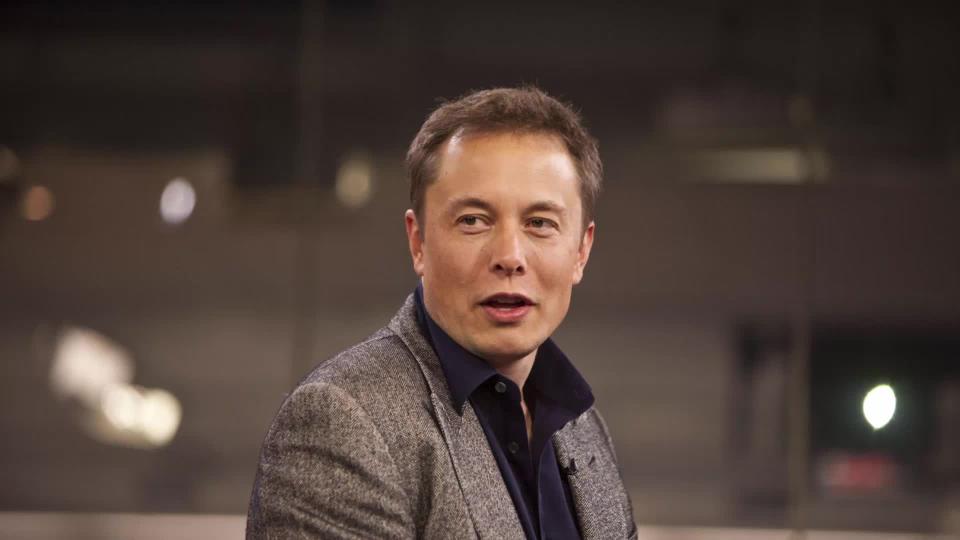Elon Musk claims robot surgeon will sew electrodes into human brains in 2020

Elon Musk’s super-secretive startup Neuralink has finally revealed where it’s at on the whole human-machine mind-meld project, and if the phrase "Elon Musk says a monkey has been able to control a computer with its brain" is on your sci-fi apocalypse bingo card, we have good news for you.
A livestreamed presentation on Tuesday evening U.S. time revealed that the company’s tech involves incredibly fine “threads,” covered in electrodes, inserted into the brain by a robot surgeon and implanted next to neurons and synapses. The threads then record the information being transmitted onto a tiny sensor called the N1.
Musk and Neuralink president Max Hodak told the audience that they aim to have the technology in an actual human brain as early as next year — and, in an Olympic-level lede-burying that seemed to take the other team members onstage by surprise, Musk also confirmed in the post-presentation Q&A that the rumours about testing on primates were not entirely off-base.
Elon Musk just answered a question about animal Neuralink research by saying, "A monkey has been able to control a computer with its brain"
WHAAAAAAAAT
Neuralink rep: "I guess we're letting that cat out of the bag!"
Elon: "You mean, that monkey"— Sam Machkovech (@samred) July 17, 2019
Until now, all we (thought we) knew about Neuralink was that its mission is to create “ultra high bandwidth brain-machine interfaces to connect humans and computers.” The idea was to start with medical applications — tracking neurons to help with research, treatment and so on — but eventually to allow puny human brains to keep up with AI by bypassing all that pesky talking and translation of thought into speech or action, which Musk frames as “compression.” Brain-control interfaces (BCIs) would streamline the whole process into a “lossless” interaction that’s faster and more efficient.
In September 2018, during Musk’s infamous appearance on Joe Rogan’s podcast, the CEO told Rogan that Neuralink’s long-term purpose would be to enable human brains to be “symbiotic with AI,” and the company would have “something interesting to announce in a few months, that's at least an order of magnitude better than anything else; probably better than anyone thinks is possible.”
SEE ALSO: If this is the future utopia Elon Musk wants, be very afraid
And on July 13, "Wait But Why" host Tim Urban — who wrote a deep, deep, deep, and Musk-approved dive into Neuralink in 2017 - - tweeted that he’d had another peek into its secretive workings, and Things Were Happening.
Just visited @neuralink and absolutely mind-blown with the progress they’ve made since I was last there two years ago. Check out the livestream on Tuesday to also be mind-blown. (For a full overview of the company, here’s my big article on it: https://t.co/dD144wl9Yj) https://t.co/n4geXtIz5F
— Tim Urban (@waitbutwhy) July 12, 2019
Now we know.
The stream — which began over 45 minutes late, to the amusement and chagrin of users in the YouTube chat window that was disabled around minute 18 — was plagued by technical issues, which is a worrying sign from a company that wants to, and I can’t stress this enough, implant electrodes into human brains using robot-surgery sewing machines.
But while the company’s Twitter account promised viewers frustrated by the elongated wait that things would kick off “shortly,” Bloomberg went ahead and reported that the company had demonstrated in front of a reporter how the tech had been inserted into brain of a rat and successfully recorded the information being transmitted by its neurons:
a usb rat pic.twitter.com/AkD0TGCWSX
— Sam Sheffer (@samsheffer) July 17, 2019
Hodak explained that the company is hoping to have the FDA approve the first clinical study in 2020, testing the technology on quadriplegic patients with upper spinal cord (C1-C4) injuries — with the first goal to be training subjects to move a cursor on a smartphone using their minds.
That sounds all well and good, but just because it kinda works on rats (and monkeys), doesn’t mean it’ll work on humans — and selling this as a medical technology is key to further funding for Neuralink and achieving Musk’s long-term goal of allowing humans to “merge” with artificial intelligence.
True to form, Musk couldn’t help but talk the biggest game possible in his opening presentation, saying the technology is “important on a civilisation-level scale” (you know, because the singularity is coming, and it will be terrifying).
“Even in a benign AI scenario, we will be left behind,” he said. “With a high-bandwidth brain-machine interface, we can have the option of merging with AI.”
He also assured the audience that two people with the chips would theoretically be able to communicate though a kind of "telepathy" — and that the tech's revenue stream would not be based on advertising beamed directly into the brain. Which, somehow, is less than reassuring.
WATCH: Elon Musk bewilders Twitter users with tweet about Mars


